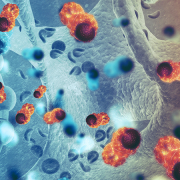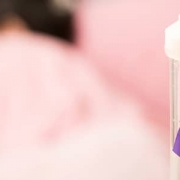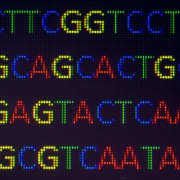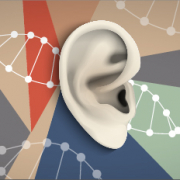100,000 Genomes Project 2021 update: cancer
In the first instalment of a two-part series, we look at how the 100,000 Genomes Project continues to impact cancer care in the NHS
The 100,000 Genomes Project began eight years ago in 2013. Five years later, in December 2018, the 100,000th genome was sequenced – but the project is still far from finished. Researchers are still using the enormous amount of genomic data generated by the project to find diagnoses for patients and to evaluate the effectiveness of whole genome sequencing at scale.
The project focused on two main areas: cancer and rare disease. Over the next two weeks, we’ll look at recent research still emerging from these areas and explore the implications they might have for establishing personalised medicine within the NHS.
Childhood cancer
It has already been announced that the NHS Genome Medicine Service (GMS) is rolling out whole genome sequencing (WGS) as part of standard care for children with cancer.
That decision is supported by research presented by the East Genomic Laboratory Hub lead scientist in solid cancer Dr Patrick Tarpey at the National Cancer Research Institute Cancer Conference in November.
Dr Tarpey led a study involving children with solid tumours at Addenbrooke’s Hospital in Cambridge as part of the 100,000 Genomes Project. His results suggest that WGS could improve outcomes for children with cancer.
“Whole genome sequencing can sometimes unravel unexpected results that may not have been considered via routine investigations. We’ve already learned a lot about using this type of test in our pilot study, both in terms of its benefits for children and in terms of how to optimise the results,” he said.
Two samples were taken from each child: one from their blood and one from their tumour. By looking at the differences between the two genomes, the mutations and gene variants driving their cancers could be identified – and targeted treatments evaluated accordingly.
Clinical benefit
As a result of WGS, of the 36 children enrolled in the programme:
- six had their diagnosis changed or refined;
- eight had their prognosis re-evaluated; and
- seven had a new treatment option identified that would not otherwise have been considered.
In one study, a gene fusion was identified that was likely to be driving tumour growth. Gene fusions cause two genes to run together and can play a role in the cause and treatment of cancers – as covered previously in this blog.
This gene fusion could be targeted with a specialist cancer drug called a MEK inhibitor that would not normally be used for the child’s tumour type. Therefore, without WGS, this child’s doctors would not have been aware that this treatment option was available.
“Our results from this relatively small pilot group of children with cancer show how diagnosis and treatment can be improved,” said Dr Tarpey. “It suggests that offering WGS to all children with cancer will provide more accurate information on diagnosis and prognosis, show whether there could be any hereditary risk and help inform treatment options.”
Next week, join us for the second part of this article where we’ll look at how the 100,000 Genomes Project is shaping rare disease treatment.
–









